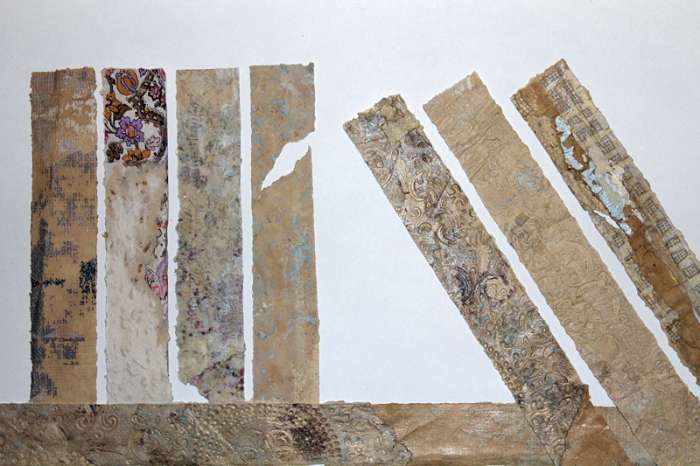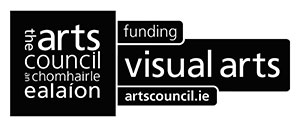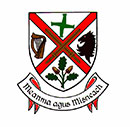Alucard Code
Vera McEvoy
Contributors
Vera McEvoy
Frances Nolan

Description
There seems to be an abiding fascination with the house in which Bram Stoker, author of Dracula, was born. In 2013 the house in Marino Crescent Dublin was stripped of almost all non-original additions and was in an in-between state awaiting renovation sympathetic to its Georgian origins. It therefore offered a unique opportunity to contemplate its imaginary and actual past and its possible future.
Concept
Despite attempts in 2012 to persuade the State to purchase the house and turn it into a Dracula museum, it found itself again in private ownership.
Dracula is the father of all vampire books, films and TV series, with millions of fans worldwide. The novel covers topics that are still of great relevance today, such as consumerism, technology, obsolescence, gender roles, sexuality, and work. As a result, it is of great interest to a range of academics, historians, literary experts and artists.
Artists Vera McEvoy and Frances Nolan are recent NCAD graduates of Fine Art Printmaking and Painting respectively, but their practices are diverse, sharing a fascination with the old and the discarded, and the remnants of past lives that live on in dwellings, workplaces and objects. They have created a subtle collaborative intervention in Bram Stoker's house (over 3 floors) that respects its historic significance but also raises topical questions about how we negotiate and imagine such burdened spaces.
Drawing on the supposition that space contains the psychological aura of the physical, straitified within bricks and mortar, this exhibition aims to conceptualise the dislocation of erasure and transformation. It explores originals and reversals, questions perception, repetition and difference through a systematic process of intervention becoming an immersive experience, which is multi dimensional and multi layered.
It draws on Ireland's response to site art's potential for commentating on our literary history and demonstrates how the architectural relic of 15 Marino Crescent, Clontarf, Dublin 3, birthplace of Bram Stoker, provides a temporal space in which such a study may be probed.
The work in the exhibition takes a cinematic approach provoking a tremor in the present by forging an artificial conduit through time deconstructing narrative, imagery and modes of communication. This captures the essence of the elusive sense of searching for the intangible - thus showing how our means of contemporary communication, with which we are so familiar, may soon be ruins too.
Screenings
- 2013 — Marino Crescent, Clontarf, Dublin
Reading
Details
Title
Alucard Code
Year
2013
Tags
Language
none
Duration
00:08:00
Original formats
Digital HD
Screening formats
Digital HD, HD
Aspect ratio
16:9
Colour
Colour



